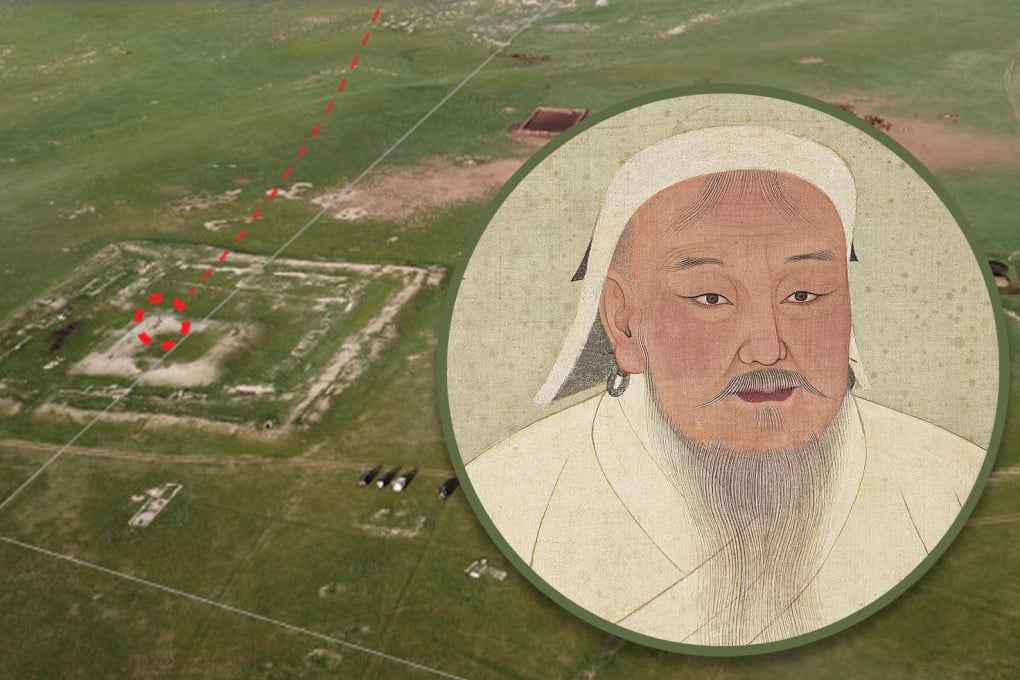Ancient ‘elite’ grave may illuminate tale of the years that led to rise of Genghis Khan
- Grave probably originated during era marked by chaos and lack of governance between empires

The Mongolian Empire is distinctive in popular imagination for its swift ascent, vast territorial expansion, and the fear instilled by its leader, Genghis Khan.
Ironically, Khan’s larger-than-life presence means we know very little about his birthplace — near the modern border between Mongolia and Siberia — in the years leading up to his birth.
“When Genghis Khan rose to power, the region was transformed from a remote area with no central authority to the heartland of a world empire,” said Gideon Shelach-Lavi, the Louis Frieberg professor of East Asian Studies at the Hebrew University of Jerusalem, and the co-author of a new study analysing an intriguing 12th-century grave found in the region.
His team hopes that the recent excavation of the grave, belonging to an “elite woman”, can help paint a picture of what life was like for the people who lived through a time of chaos and transition before they became the centre of global power.
We know Khan’s homeland was a frontier zone of the Liao dynasty, or Kitan Empire, between 916 and 1125. It was abandoned by central authorities after Wanyan Aguda led an uprising to overthrow the Liao and establish the Jin dynasty (1115-1234).
Histories suggest the area became a contested region between various political entities named “Kereit”, “Merkit”, “Tatar”, “Naiman”, and “Mongol”.
